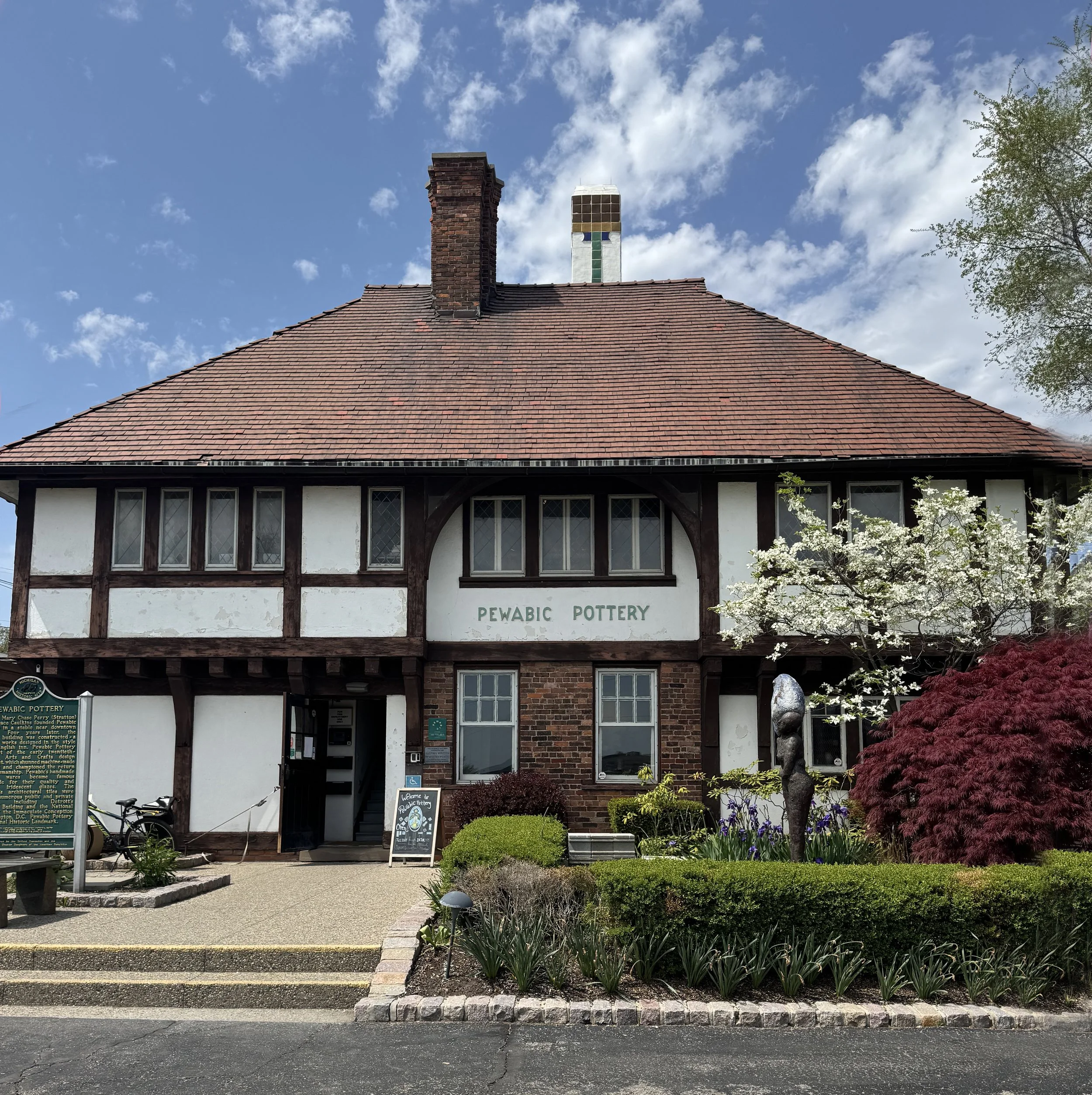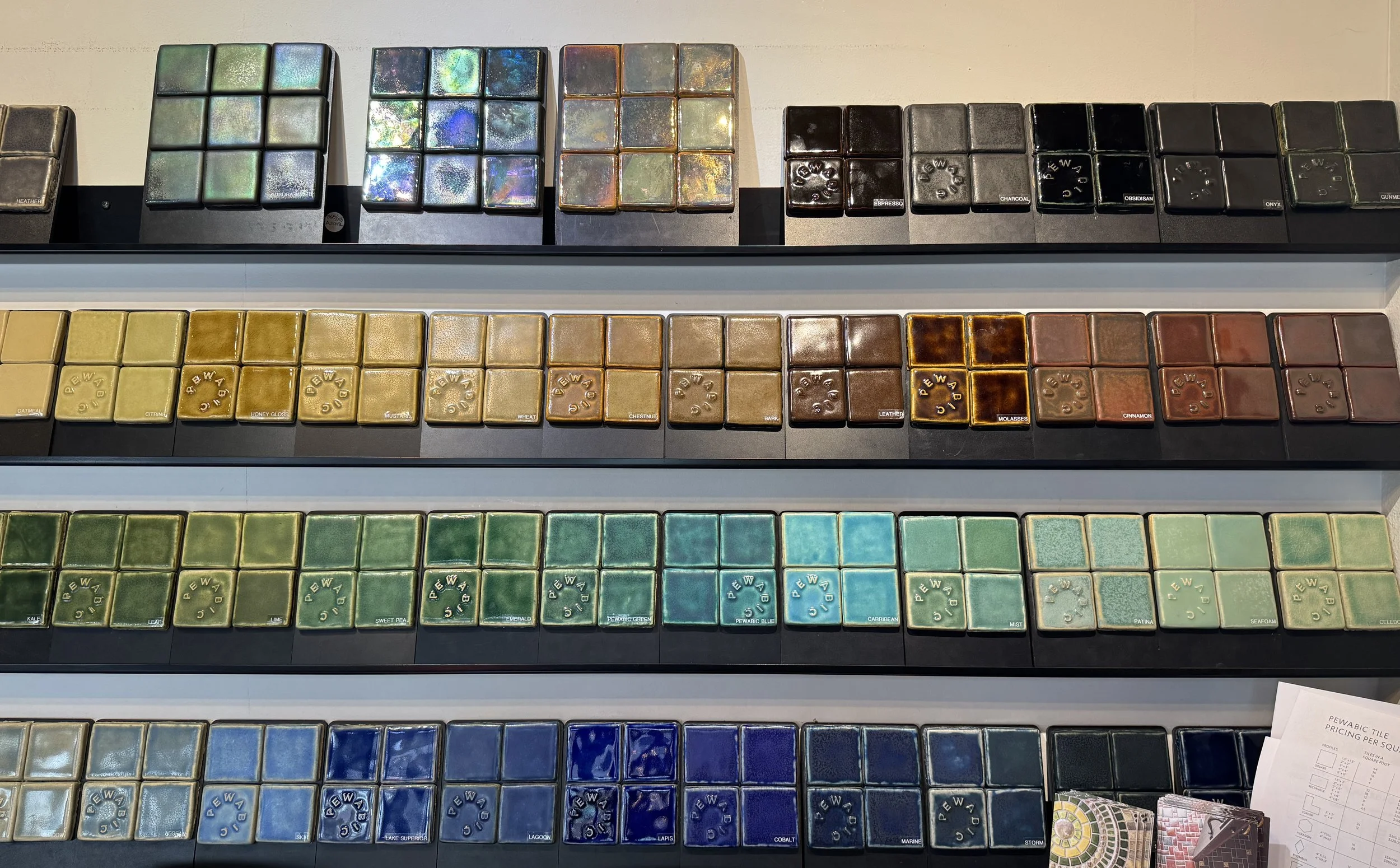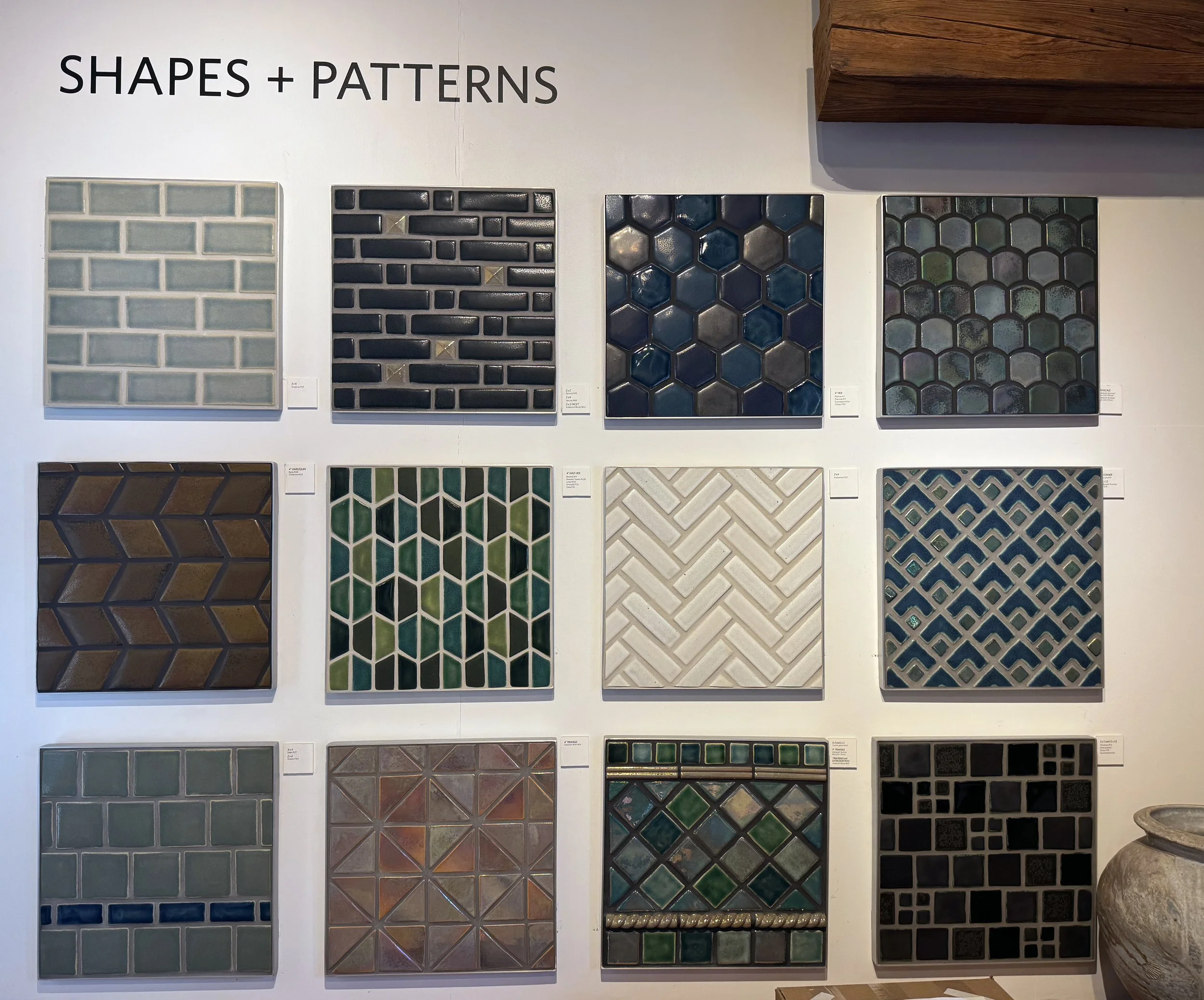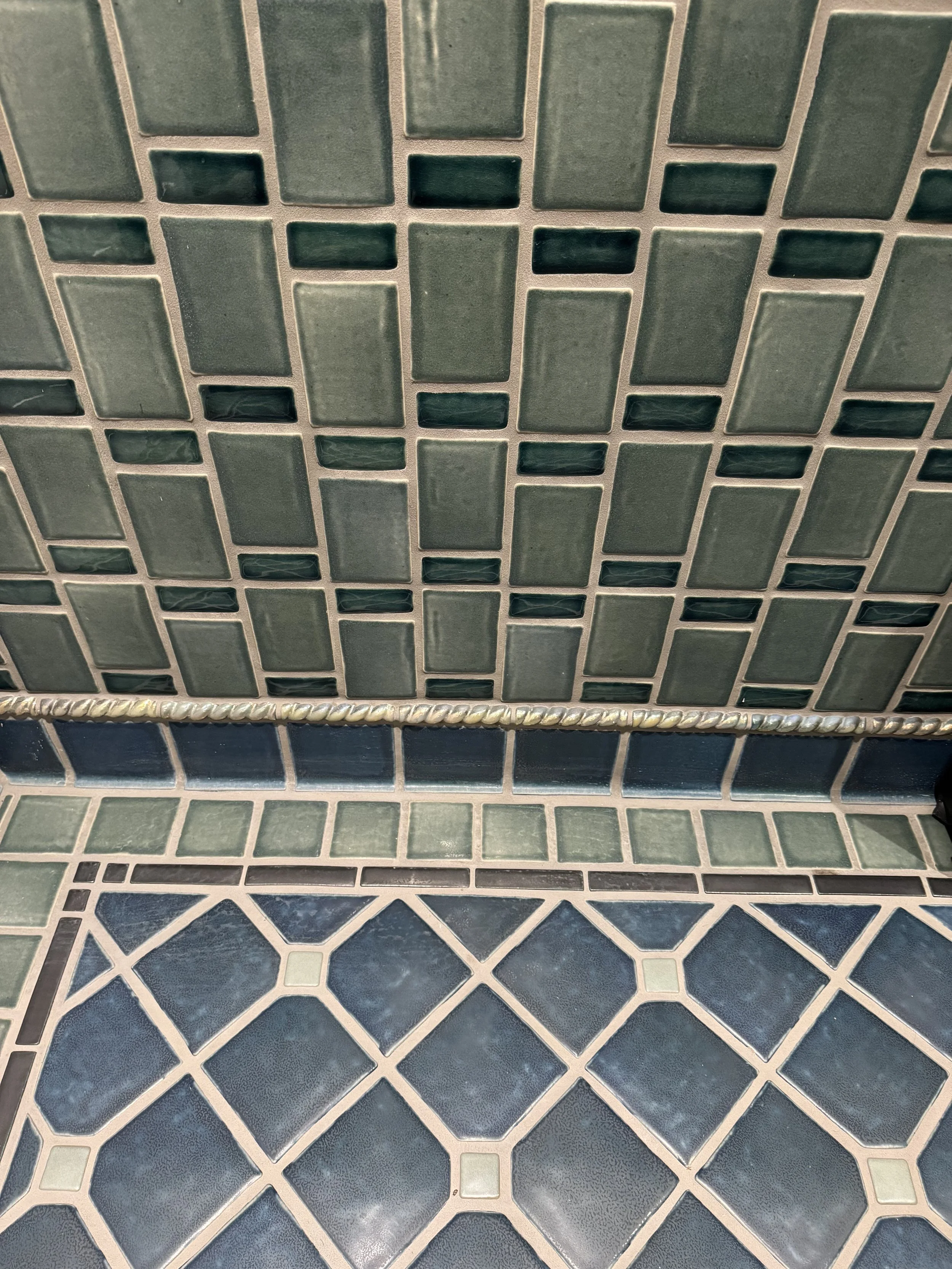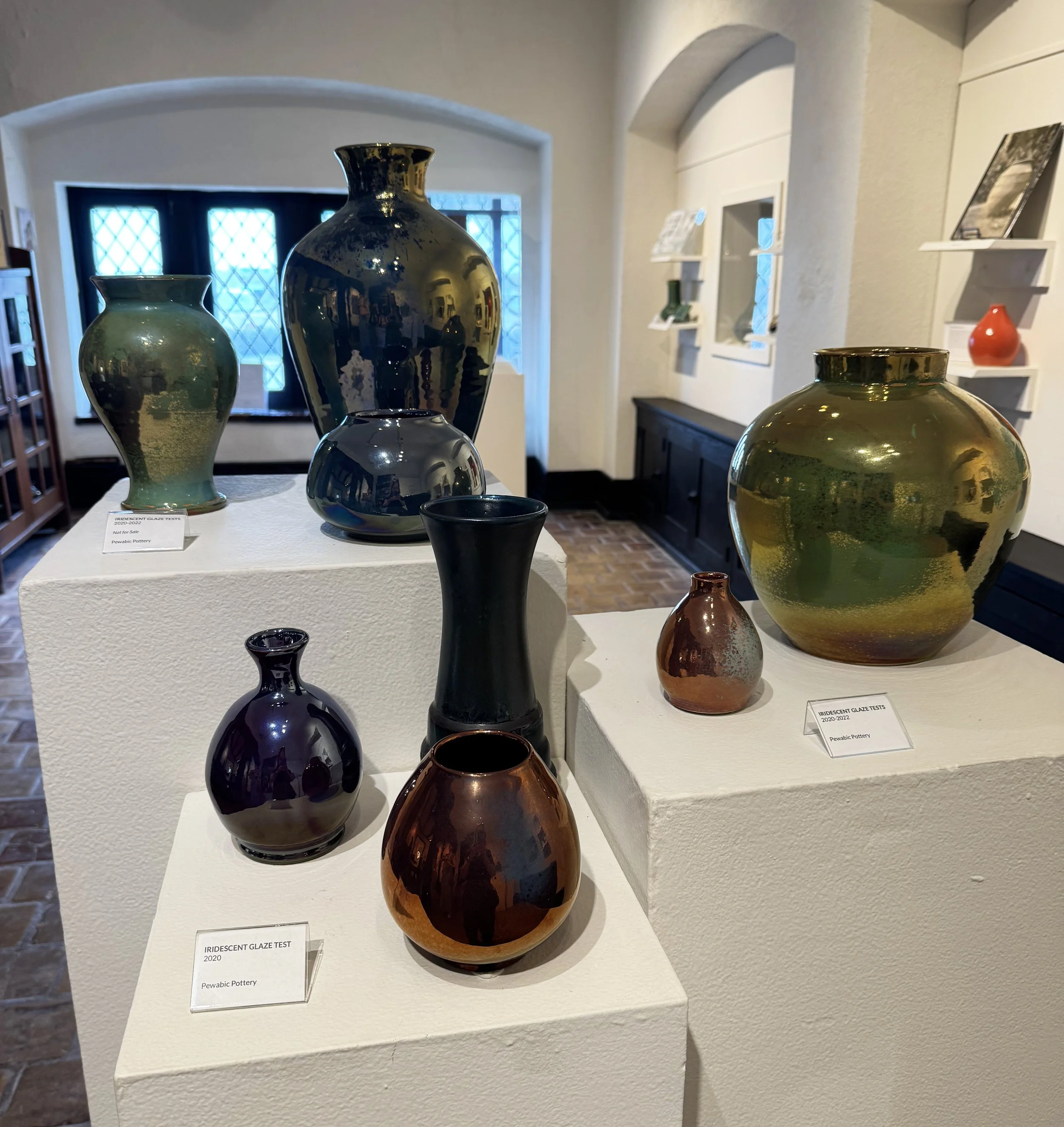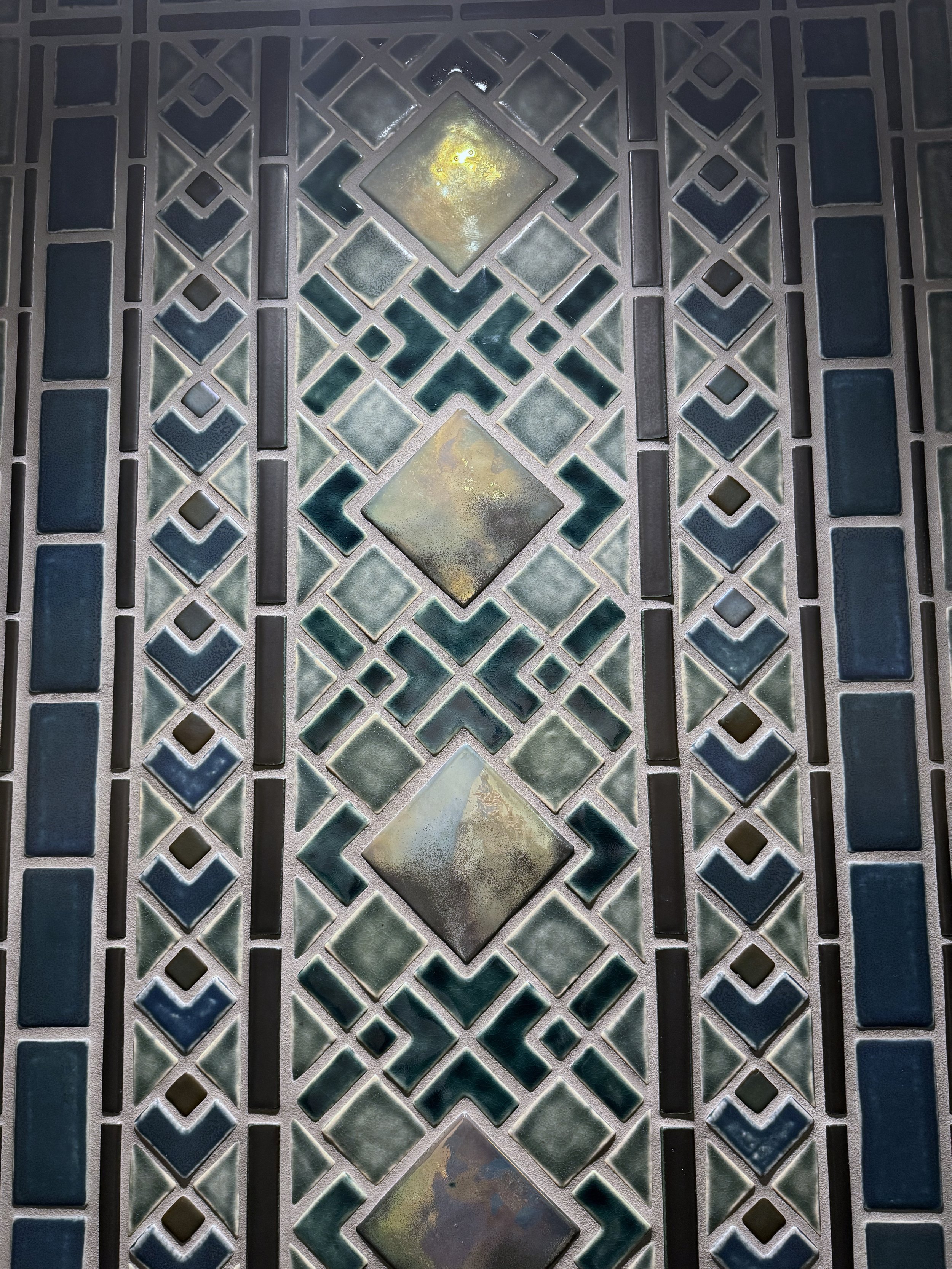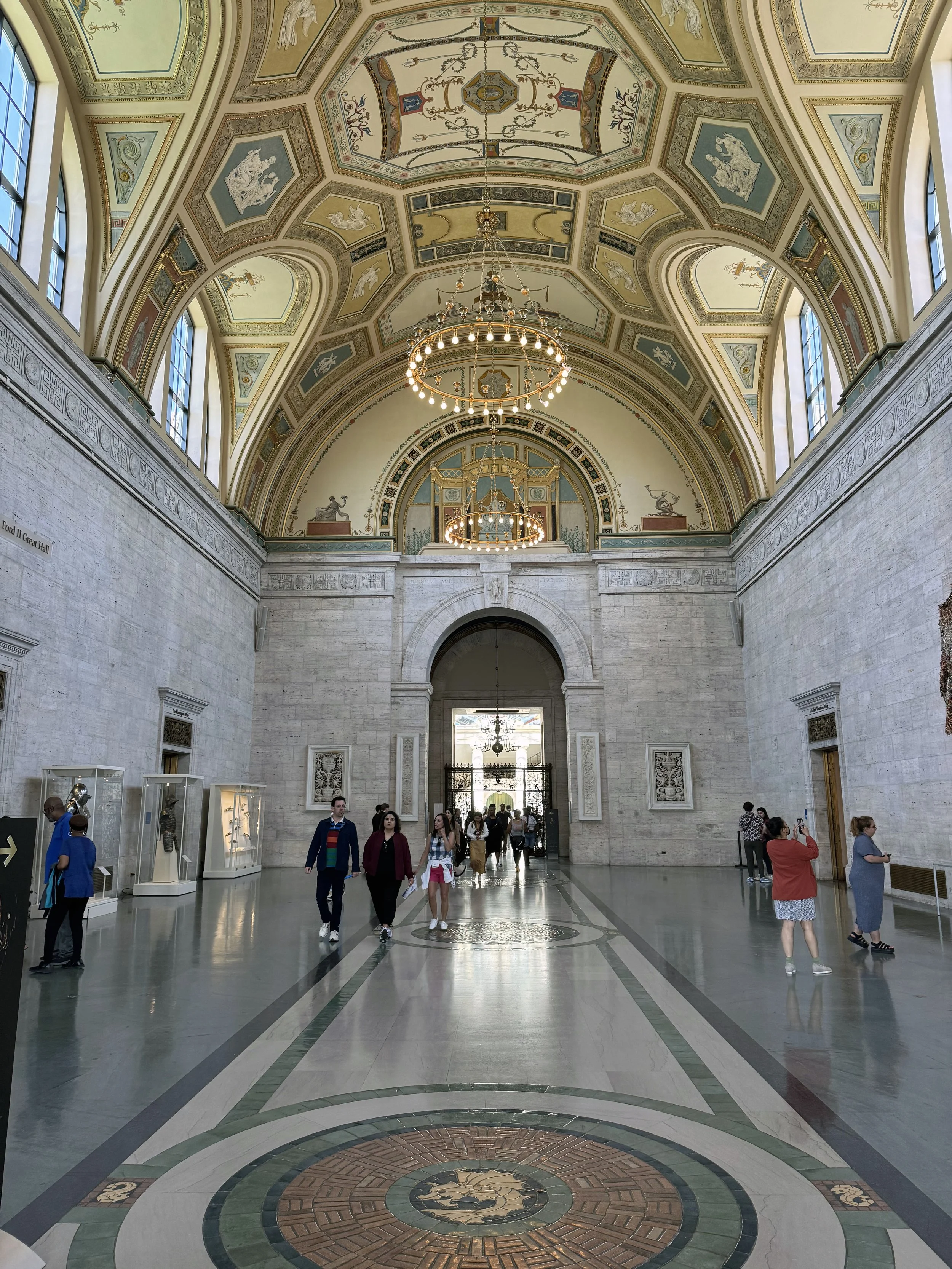Pewabic Pottery: Detroit's Century-Old Ceramic Legacy
Nestled on Detroit's East Jefferson Avenue stands a Tudor-style building that has been quietly shaping American ceramic art for over 120 years. Pewabic Pottery, founded in 1903, represents one of the oldest continuously operating ceramic facilities in the United States and serves as a living testament to Detroit's rich artistic heritage.
An unlikely partnership between Mary Chase Perry Stratton, an artist and educator, and Horace J. Caulkins, a dental supplier and kiln manufacturer led to the creation of Pewabic Pottery. Together, they established the pottery in 1903, becoming leaders in the Arts and Crafts movement during Detroit's golden age of both handcrafted artistry and industrial innovation. Initially housed in a carriage house in Detroit's Brush Park neighborhood, the pottery quickly outgrew its "Stable Studio." By 1907, renowned architect William Buck Stratton designed the current Tudor-style building where production continues to this day.
Mary Chase Perry Stratton managed the pottery with dedication until her death at the age of 94. Her legacy includes the development of Pewabic's signature iridescent glazes, which became highly sought after for both decorative pottery and architectural installations throughout southeast Michigan and across the country.
Following Stratton's passing, the pottery was gifted to Michigan State University in 1965 for use in their ceramics education program. However, the Pewabic Society, a 501(c)(3) nonprofit organization, took ownership in 1981 and has continued the pottery's rich legacy of ceramic design and education ever since.
Today, Pewabic Pottery operates as both a National Historic Landmark and an active production facility. Visitors can explore this unique destination free of charge during business hours, discovering handcrafted ceramics alongside work from over 30 independent ceramic artists from Michigan and beyond.
They offer guided tours that take visitors behind-the-scenes through historic museum galleries and active fabrication studios. Host hands-on workshops where participants can learn to glaze tiles using the same techniques as the Pewabic production staff, and lead walking tours exploring Detroit's stunning tile installations throughout Midtown and other neighborhoods.
On view you can explore Pewabic's several distinctive collections including historic designs inspired by Mary Chase Perry Stratton's original work, breathtaking iridescent vases, framed tiles, and exclusive pieces featuring never-before-seen glazes and custom installations. All continuing the tradition of embedding Pewabic ceramics into Detroit's built environment.
Whether you're interested in Detroit's industrial history, ceramic arts, or simply seeking a unique cultural experience, Pewabic Pottery offers a rare glimpse into more than a century of continuous artistic tradition. This Detroit landmark provides an opportunity to witness artisans at work, learn about the ceramic process, and likely leave with a beautiful piece of handcrafted art.
In a city known for its automotive heritage, Pewabic Pottery stands as a reminder that Detroit's creative spirit extends far beyond the assembly line, encompassing a rich tradition of handcrafted artistry that continues to flourish today.

